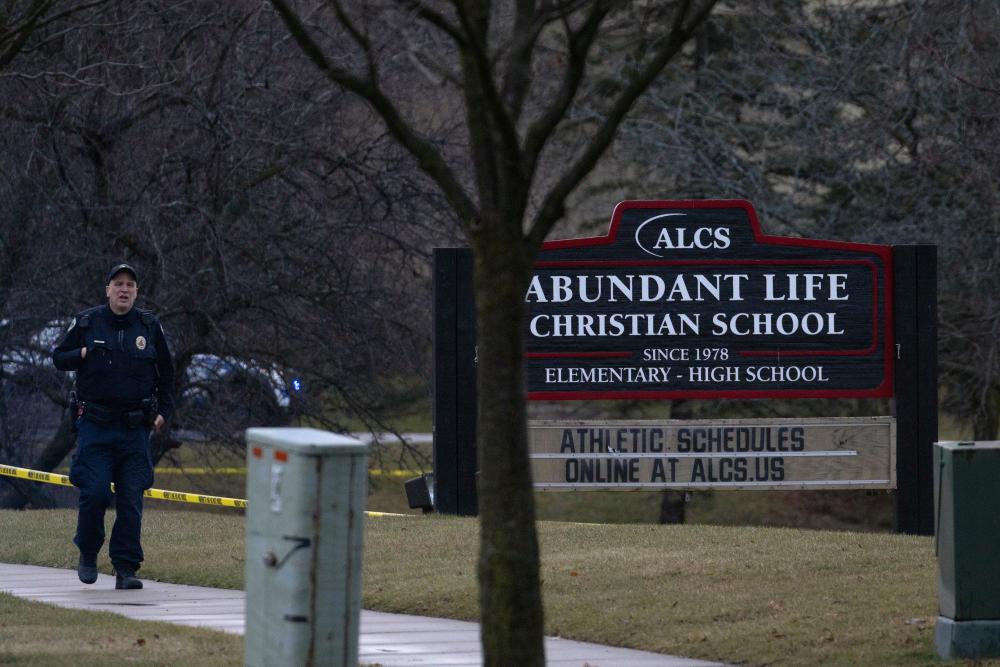On a tragic day in Madison, Wisconsin, a 15-year-old girl, identified by police as Natalie Rupnow (also known as Samantha), engaged in a shooting at Abundant Life, a Christian private school. The incident resulted in the death of a teacher, a student, and injuries to six others, culminating in Rupnow’s own death by suicide. This attack, which occurred during a study hall session, shocked the community and prompted an immediate investigation. Law enforcement officials are now reviewing a manifesto reportedly authored by the shooter, with the intent of discerning her motives and identifying any precursors to the act of violence.
As authorities delve into Rupnow’s background, they have received cooperation from her family members, who are helping in the investigation. Witness accounts, including a notable 911 call made by a second-grade student, illustrate the significant impact of the crisis on the young witnesses; the police chief remarked on the inconceivable nature of a child so young being exposed to such violence. The weapon used in the shooting—a handgun—was recovered at the scene; however, police have yet to trace its origins, raising questions about how a minor could access a firearm. The shooting’s chaotic circumstances highlighted a need for clarity about security measures at the school, where existing protocols were insufficient to prevent this tragedy.
Despite the presence of security cameras and student training for lockdown situations, the absence of metal detectors in the private institution may have exacerbated vulnerabilities. School officials have commended the students’ composure during the crisis, with students reacting promptly to the lockdown command, recognizing the seriousness of the situation. Notably, young women are less frequently implicated in school shootings than their male counterparts, with current statistics indicating only nine female suspects in the past year compared to 249 male shooters. This gender disparity complicates existing narratives around school shootings and challenges assumptions about aggressors.
The setting of the shooting contributes further layers of complexity to the incident. Abundant Life School is known for its supportive environment, often catering to students who have faced bullying or challenges in mainstream education settings. Current perspectives on the shooting reveal a community grappling with compassion and grief, as parents express concern over the well-being of children who seek a nurturing educational atmosphere. The school’s reputation for addressing intra-student conflicts is evident, but the emergence of violence from a new student raises the question of underlying issues that may have gone unrecognized.
Discussions surrounding the shooter’s identity, including speculation about her being transgender, have sparked controversy and concern within the community and beyond. The police chief emphasized the need to focus on the specifics of the event rather than allowing individual biases to cloud the investigation or perpetuate harmful narratives. He stressed the importance of separating the tragedy from societal discussions about identity, pointing out that understanding the root causes of such violence is paramount to preventing future occurrences.
In the wake of this heartbreaking event, calls for gun control reforms have intensified, particularly as the American public continues to demand more effective measures to safeguard schools and students. Amidst a backdrop of limited federal action on gun control, voices within the education sector urge leadership to prioritize the safety of children through legislative changes and improved security protocols. The tragedy at Abundant Life underscores a growing urgency to address the complexities surrounding gun access, mental health, and the social dynamics that may contribute to violence in educational settings, fostering discussions that aim to prevent such events from occurring again.

